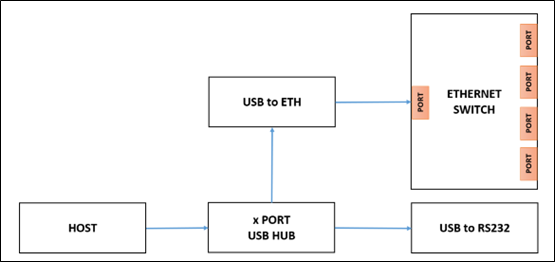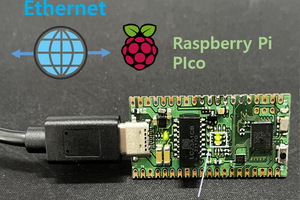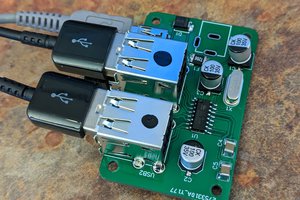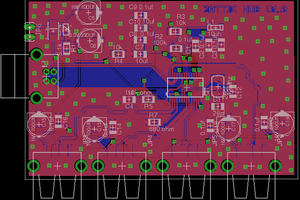====== Project Status ======
Schematic -------------------- ( ✓ )
PCB Layout ------------------ ( ✓ )
Documentation ------------- ( In Progress )
Order + Assemble --------- ( ✓ )
LAB: Sparkup ---------------- ( ✓ )
LAB: SI Analysis ------------- ( Pending )
LAB: Power Analysis ------ ( Pending )
Derisk Capacitive XFRM - ( Pending )


 zittware
zittware
 Alan
Alan
 Ian Dunn
Ian Dunn
 Christian
Christian